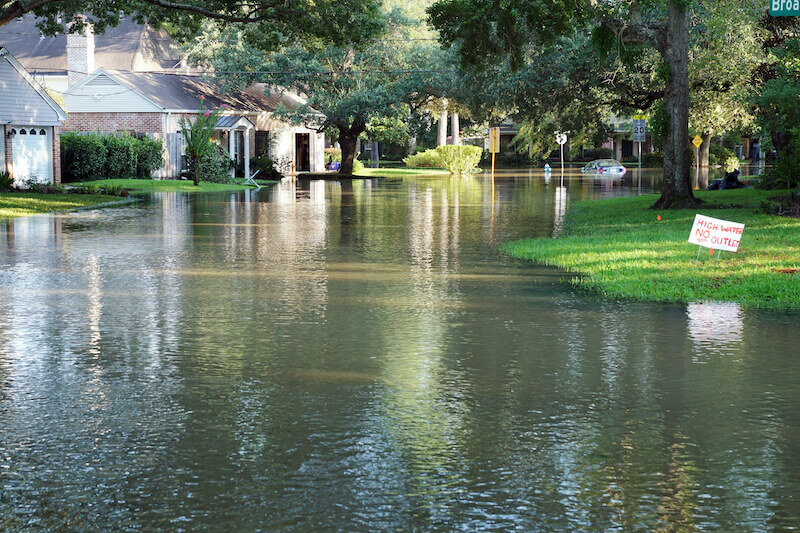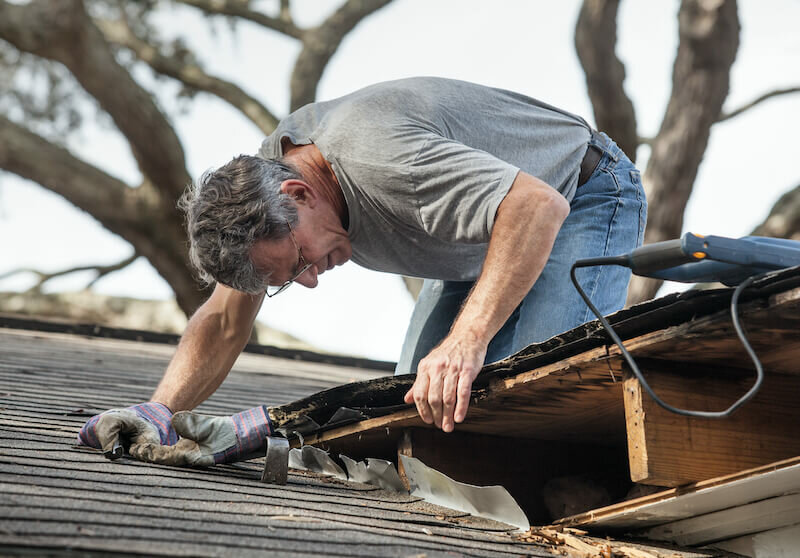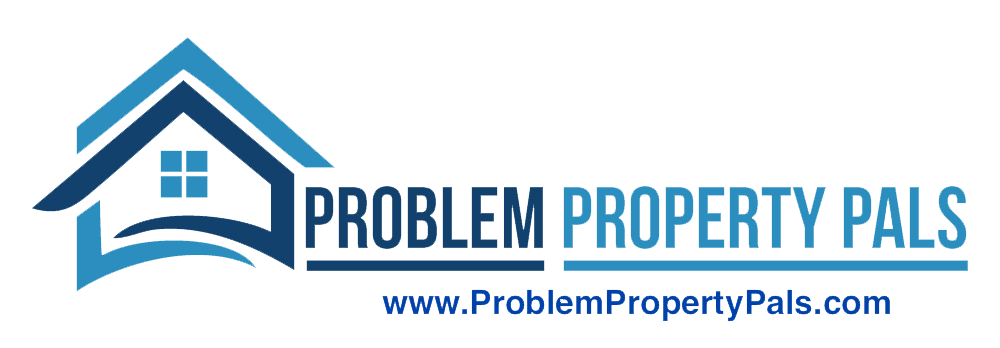Selling your house can be a stressful time. Selling becomes even more stressful when your house is located in a flood zone. Finding home buyers interested in living in a high-risk flood zone can be challenging. It is crucial to have a real estate agent experienced with selling a house in a flood zone in Pennsylvania.
Although high-risk areas present challenges for home sellers, we will give you the advice you need to sell your house in a floodplain in Pennsylvania. We will discuss the importance of flood variances and insurance, the National Flood Insurance Program, certificates of elevation, renovations, location, and pricing.
We will also provide tips to increase house value overall.

Advice on Flood Zone Variances and Insurance
A community can give a flood zone variance. A variance allows for the construction or maintenance of land that would otherwise be prohibited by floodplain laws. These regulations have been established to protect citizens from special flood hazard areas.
Depending on where your home is located on the flood map, a variance can be granted when the State Law requirements have been met, and the community determines that the variance is necessary and will not cause undue hardship. With variances granted, there will be requirements for additional protections from possible flooding.
A flood zone variance might offer property owners some measure of relief but that must be balanced with the increased cost of flood insurance. Your flood insurance premium will certainly reflect the fact that your house is located in an area that is at risk of flooding. Homeowners must disclose any flood variance information to all prospective home buyers.
The National Flood Insurance Program (NFIP)
The National Flood Insurance Program is intended to protect citizens from the devastation that a flood can cause. This program is managed by the Federal Emergency Management Agency (FEMA).
Many people are surprised to learn that their homeowner insurance policy does not cover flood damage. It is the property owner’s responsibility to purchase flood insurance. The National Flood Insurance program is made up of more than 50 insurance companies that offer flood insurance to homeowners who are located in areas with a flood zone designation.
The NFIP helps homeowners recover from water damage caused by flooding. This program helps communities regulate their FEMA flood map service center to help minimize the risk of flooding.
Mortgage lenders require all property owners in flood-prone areas to have a flood insurance policy. Your flood insurance premiums will depend on the risk zone of your home. High-risk areas will cost more than a home located in a moderate-risk area. Even if you find yourself in a low-risk area for flooding, it is a good idea to have flood insurance coverage.
Getting a Certificate of Elevation
An elevation certificate determines the elevation of your structure concerning the estimated height of the floodwater in the event of a flood. This certificate is needed to estimate your flood risk and the price of your flood insurance premiums.
If you are selling a house that is located in a flood zone, you will need an elevation certificate if you do not already have one. Potential buyers will typically ask for one before considering any real estate transaction.
If you do not have an elevation certificate, the first step is to contact the manager of your local floodplain. There could be a certificate already on file for your property. If not, the manager will be able to explain the best route to obtain your certificate.
If you do not have any success, you can contact the person who built the house. They would have needed a certificate of elevation before building.
You might find the certificate with your property deed.
If all else fails, you can hire a licensed land surveyor, architect, or engineer to sign your certificate of elevation. You will have to ensure that they are authorized to complete the certificate.
Disclosing Your Location’s Floodplain Tier
You live in a floodplain, so you are well versed in flood risks.
Prospective buyers interested in your house might not be so well-informed. You must explain your house’s location on the floodplain and what that means for a homeowner.
There are three main flood zone tiers. Houses in special flood hazard areas (SFHA) are at higher risk for flooding. These zones have A or V marks on the FEMA’s flood map.
Houses or properties in this zone are a part of the “base flood elevation.” Flood insurance for these properties is the most expensive.
The second tier is called Zone B or a shaded Zone X. These zones are at moderate risk for flooding.
The third tier has the lowest chance of flooding and is called Zone C or unshaded Zone X. House values are not as depreciated in this zone, and flood insurance is not as expensive as in the higher-risk zones.
Your home may be in a designated flood zone in Pennsylvania, but that does not mean a flood is a certainty. Homesellers must be upfront about the risks of flooding to the home and the reality of flood insurance. The risks associated with the zone where your house is located should be reflected in the listing price.
It would be helpful if you could recommend an insurance agent who is knowledgeable about flood insurance rates to prospective buyers. Someone considering a 30-year mortgage might be more assured if they know that flood insurance is affordable.

Making Renovations To Reduce Chance of Flooding
Selling a house in a flood zone in Pennsylvania can be challenging, but it is not impossible.
You can do some home renovations to minimize the damage done by flooding. These renovations can be important selling features to prospective buyers.
The first thing you should consider installing is a sump pump. You can install one on your basement floor to pump water out of your basement. It is crucial to have a battery backup so the sump pump will continue to work even during a power outage.
Homeowners should also install sewer backflow valves. This installation prevents water from entering your home through drains, toilets, and sinks.
Another option is to fill in your basement or crawl space. This filling can be a pricier option, but it can lower your flood insurance premiums. Hire an engineer to ensure that you can fill your basement safely. Install flood vents so floodwater can move through the area.
You should move any appliances or electrical and heating systems to higher ground. They should be located at least two feet above flood level. Move circuit breaker boxes and outlets higher to avoid damage by flood waters.
The most expensive way to protect your home from flooding is to elevate your home. You may not want to invest that much money if you plan on selling your house.
Pricing a House in a Flood Zone Correctly
Homeowners located in a flood zone might be worried about the thought of selling their houses. Dealing with an experienced realtor will make the process easier for you. A realtor will help you determine an attractive price for buyers.
The location of your house in the floodplain will affect the price of your home. Higher-risk areas will lower your home’s value.
Buyers are assuming the flood risk, so they will want an affordable price. Prospective buyers will also have to consider the cost of flood insurance.
Homesellers can offer to help pay for the first year of flood insurance as an incentive to buyers. Another great incentive that attracts buyers is a warranty that covers any problems with the home’s major systems for a year or two. This warranty helps to minimize the risk for buyers and allows them peace of mind for the near future.
Conclusion
Selling a house in poor condition will be challenging, but with preparation and a little help, you will find the right buyer for your home. Homesellers must educate themselves on floodplain regulations to pass them on to potential buyers. You can sell a house fast in Philadelphia with the right actions.
Contact several insurance companies and gather some quotes for flood insurance for potential buyers. Having insurance prices at your fingertips makes it easier for a buyer to calculate the financial demands of home ownership in a flood zone.
Homesellers should have their paperwork in order. Be sure to have your elevation certificate on hand. You will have to disclose all the risks associated with your house. Homeowners will have to tell buyers the flood zone where the house is located. If your home has already flooded, you must disclose this and any damage done to the home.
Make any renovations needed to reduce your chances of flooding. Set a reasonable price that reflects the value of your home.
Contact Problem Property Pals today for advice about selling a house on a floodplain. Leave the worrying to us. We buy houses in Pennysylvania can love, and there are plenty of cash home buyers in Aston.


 Call Us!
Call Us!